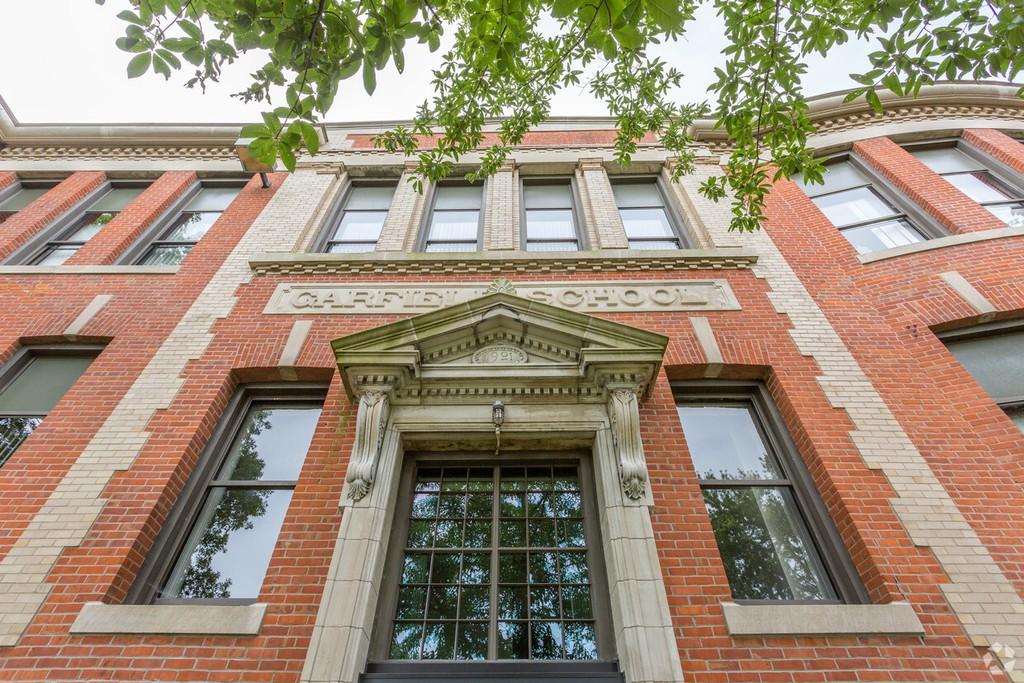How did saving this place impact people in your community?
Gorman & Company
Most of us recall our earliest memories of elementary school because our cognitive abilities begin to blossom in those early years of attendance. Garfield School is no different in that capacity. Throughout the preservation process, we heard countless examples of Garfield memories and influences on participants of the process. During the community design charrettes, we heard multiple stories about the impact of the school, teachers, the parent-teacher organization and school families and friends on the greater community. From the playground stories to memories of former generations and family members participating in the sixth grade “Dad’s baseball league,” each were told with an enthusiasm that shows the significance of preserving spaces where communities and their families grow.
Today, Garfield School Senior Residences residents recall and continue to share their own memories. One resident recalls the fire escape slide being used as a way of leaving school on Friday if all the kids had done well on homework and tests. She also recalls in the principal’s/nurses office on the second floor of the original 1901 building the height chart on the window framework. The chart remains there today, incorporated into an apartment. In addition to these wonderful memories, Garfield School has created other indelible historic markers in our community. When Stewartville was incorporated into the City of Moline in 1896, the Stewartville School, as this early building was called, was renamed the Garfield Elementary School after slain U.S. President James Garfield. An accidental furnace fire started by a janitor destroyed this wood-frame school building on the cold morning of March 5, 1901. The Stewartville community was not yet connected to Moline’s city water system, weakening efforts to save the burning building. The first Garfield Elementary School fire is believed to have prompted the expansion of local water infrastructure to the new outlying community. The rebuilt Garfield Elementary School was opened to the public in a grand dedication ceremony on January 4, 1902. The ceremony included music performances, tours of the new building, and speeches by notable locals. One of many speakers that day, Augustana College president Gustav Andreen, celebrated the late U.S. President James Garfield and the naming of the new school building “to commemorate the life of a great man, a rich inheritance to the children of the land. May the life he lived and the memory of his character fall as a mantle upon the children to be educated here. May the minds to be taught here be as persistent, strenuous and conscientious as was that of him who has been honored. May that truth, unselfishness, honesty, courage, and lofty ambition fire each youthful heart.”
Judging from the first recollections of Garfield school that span more than a century, the stories we hear, and the improvements to the infrastructure and services for Moline, we believe the Garfield Elementary School — now the Garfield School Senior Residences — will continue serve as a mantle for significance and persistence in our riverbank community.
(Photo Credit Ron Clewer)
Learn more




